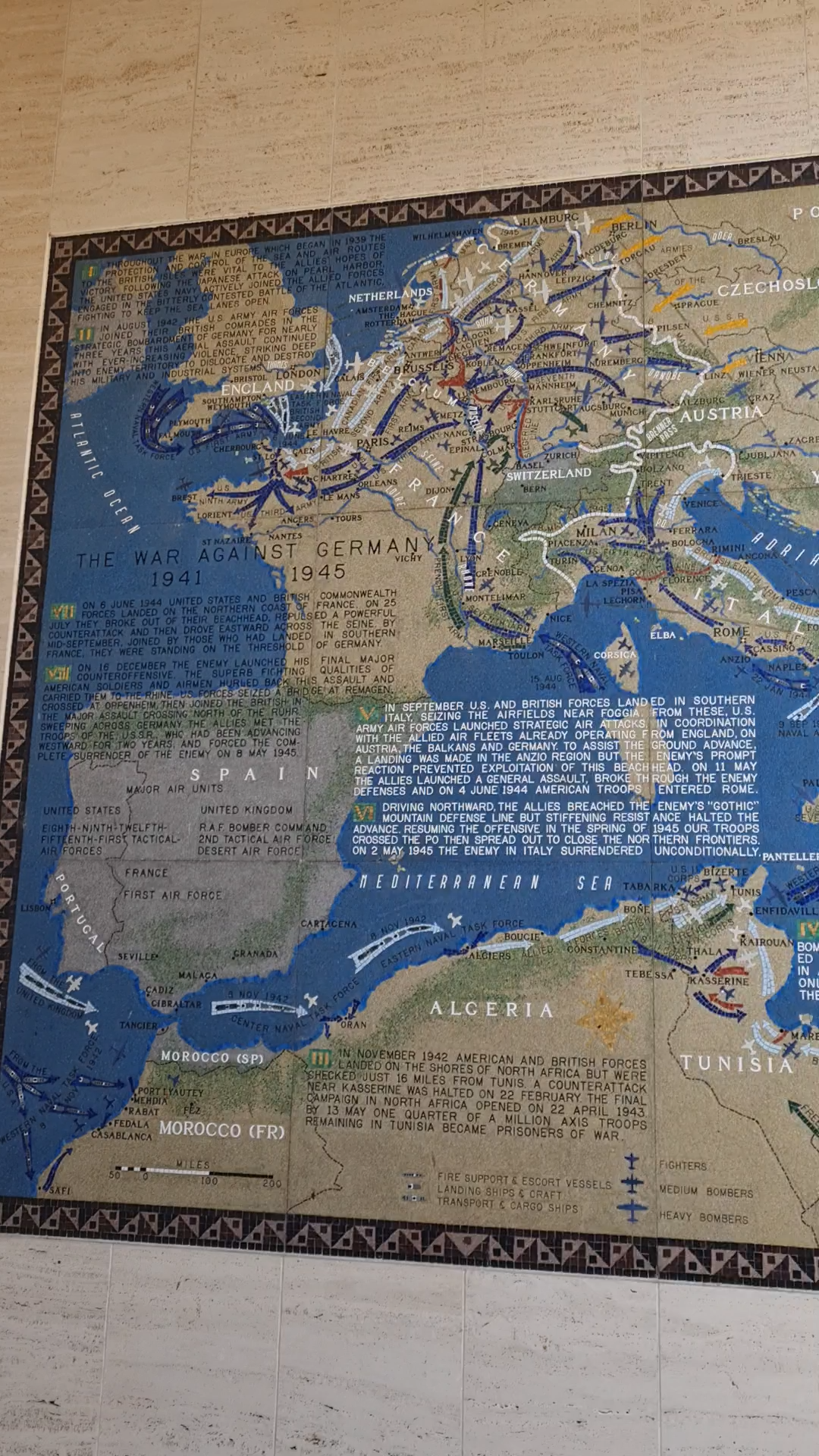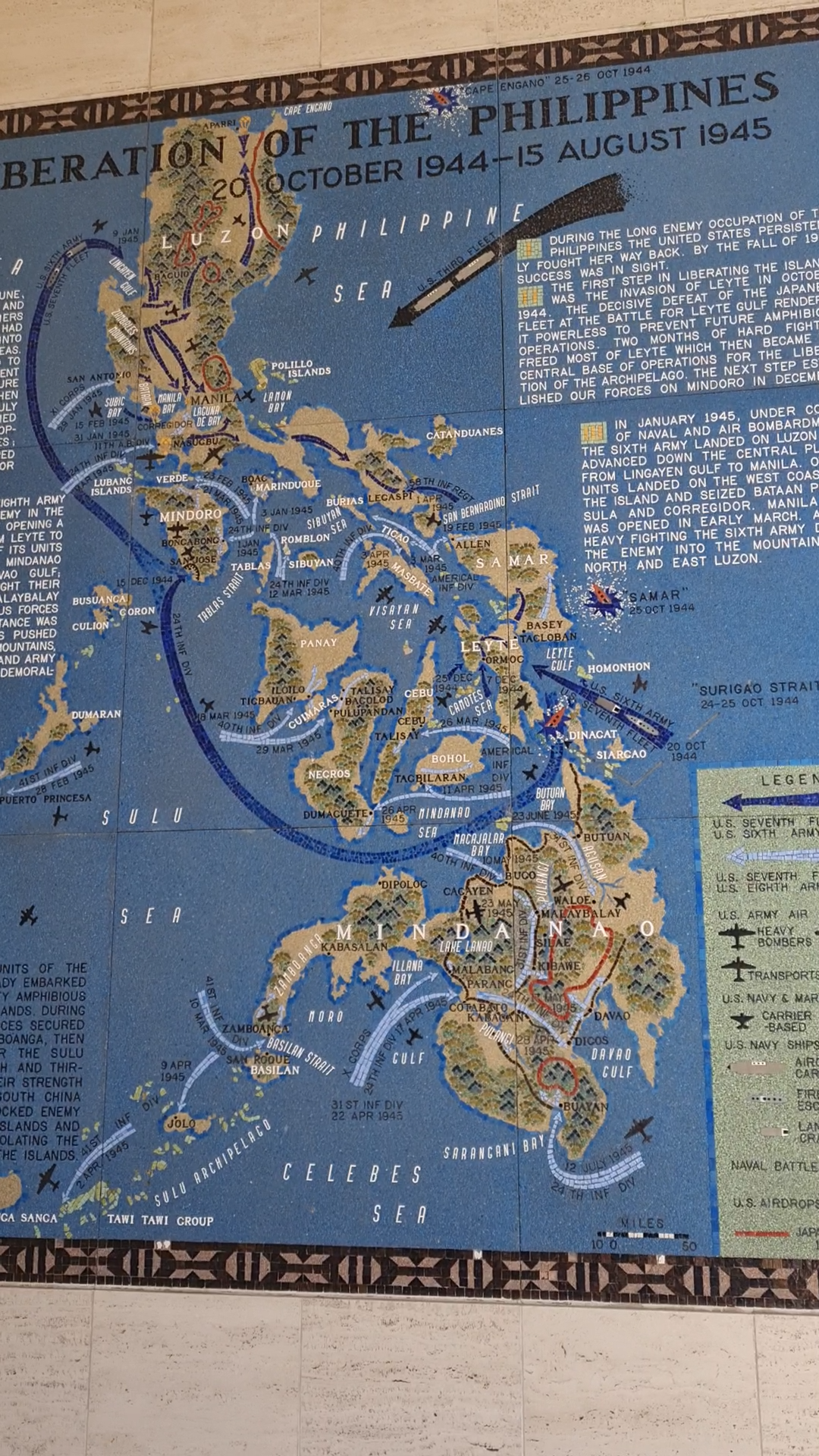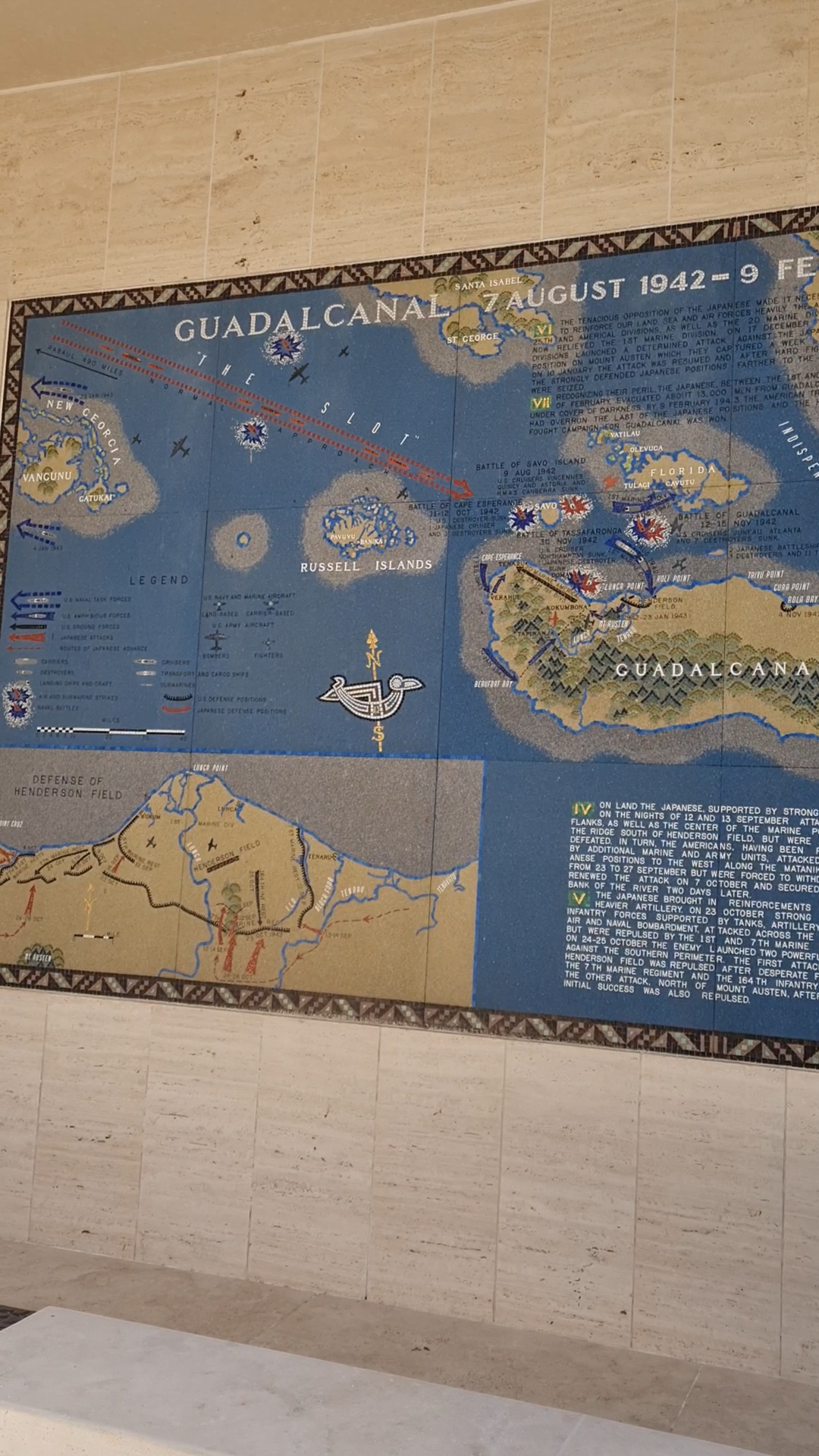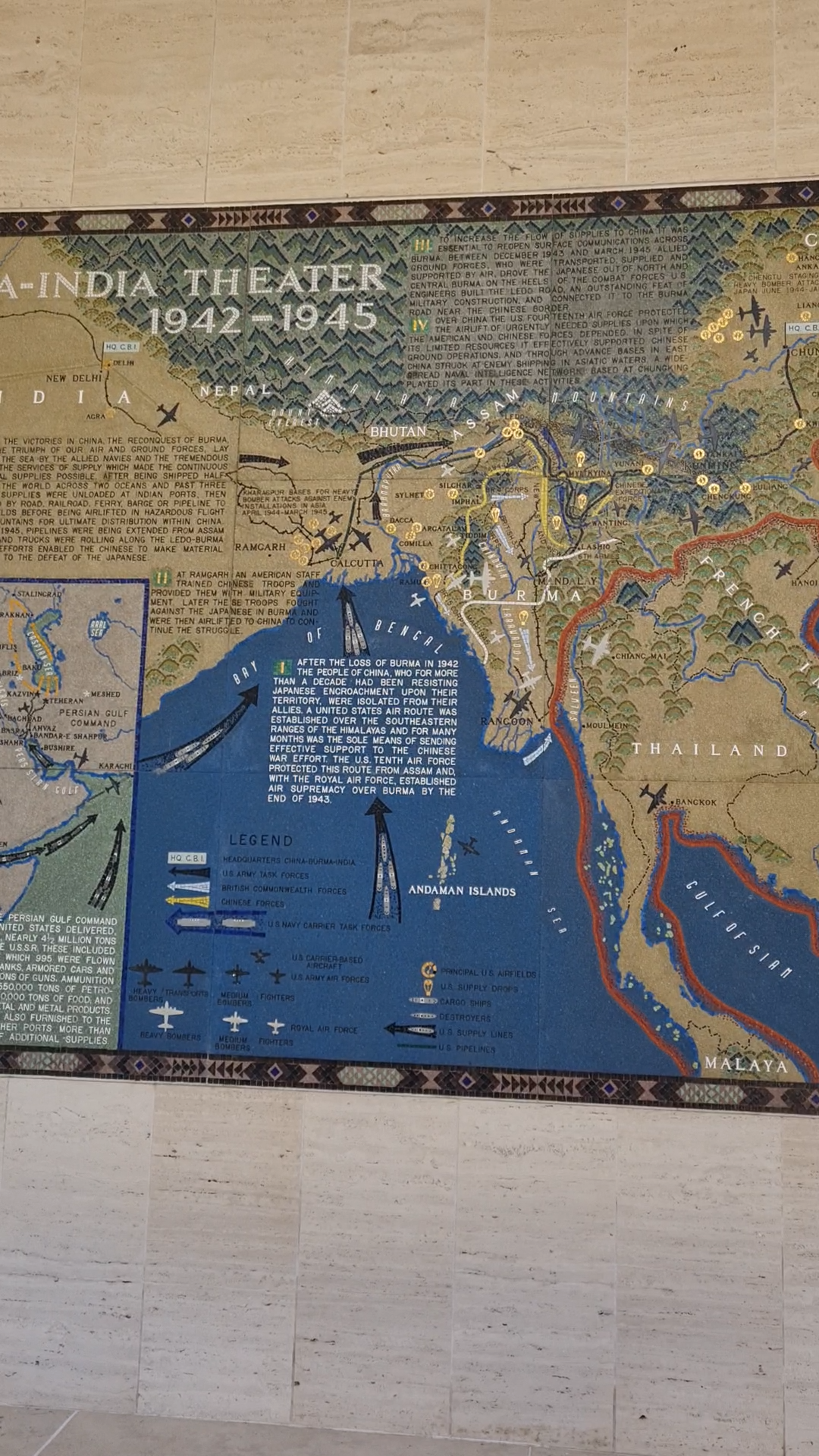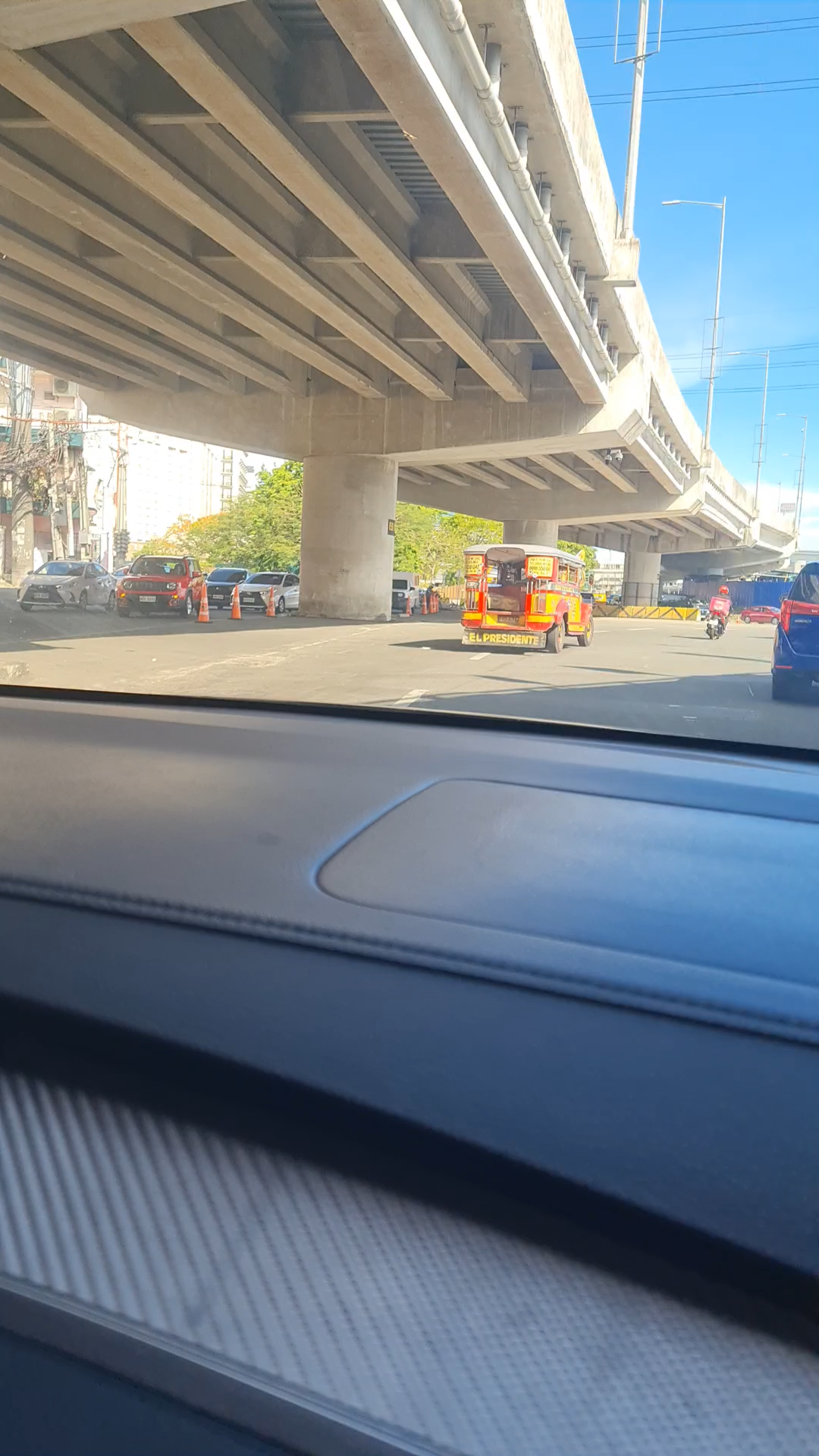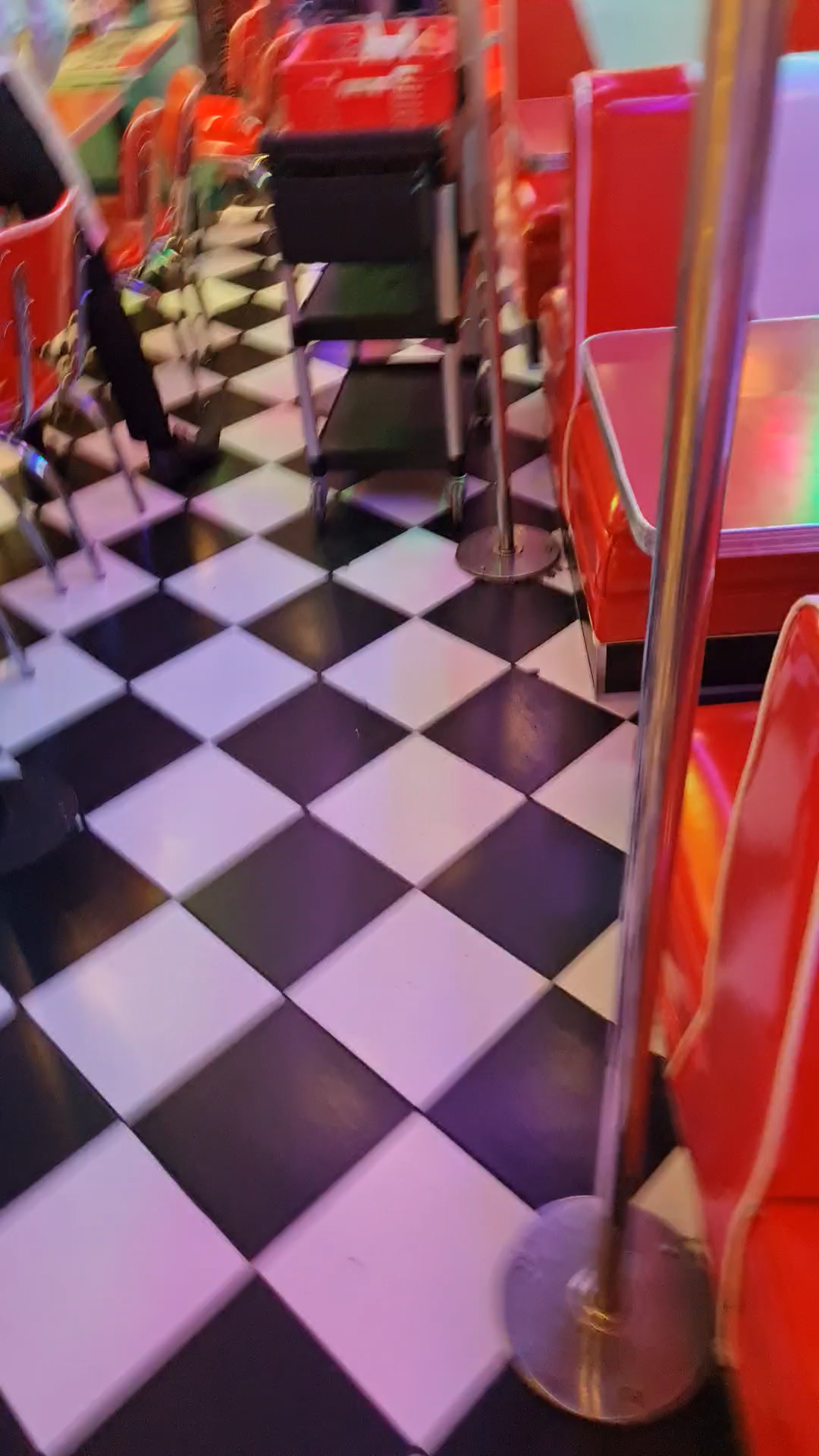Manila - The Philippines
Manila is an enormous city with ultra-modern areas, including plenty of Skyscrapers and with big brand hotel chains represented.
I think if you are new to The Philippines, it is good to stay a few days there, because there are plenty of things of historical interest to see.
Makati Manila is the Central Business District and where you will also find the top hotels. It is noticeable that there is a lot of security everywhere around here, which is reassuring, and which you might not see if you go off the beaten track.
On arrival at Manila’s Ninoy Aquino International Airport, a lot of people advise NOT to take the White Taxis, as it will cost the Fare plus, plus, plus, plus, i.e. it will never end up being that was originally quoted!
Instead, it is advisable to have an Airport Transfer prebooked, or alternatively use the ‘Grab’ App, similar to Uber, to book a taxi for a guaranteed fare.
There is a ‘Grab’ desk inside the Terminal and a pick-up and drop-off point outside.
I used ‘Grab’ throughout my time in The Philippines and found it to be safe, cheap, fast and reliable.
I stayed in the City Garden Makati Hotel, which was adequate for my needs, for 2 nights, though there is City Grand Makati Hotel across the road and plenty of other options,
Just around the corner from the hotel is Buros Street and here you will find a fabulous bar/restaurant called Café Cabana which offers live music and plenty of seats outside for people watching.
A couple of doors away is a truly fabulous restaurant called The Filling Station.
The Filling Station is an American-style 1950s Diner with a menu to match, though unfortunately, not 1950s prices, and if anyone likes Music and Movie memorabilia this place would be absolute heaven!
The Filling Station cover 3 floors and there is so much memorabilia, including cars, motorbikes and gasoline pumps, that every inch of the floors, ceilings and walls are completely covered.
I have no idea of the value of it all, but it must be an enormous amount of money, into the millions of dollars.
The staff wear 1950s style uniforms, and the seating is all red leather and tables with juke boxes.
I went to The Filling Station several times and witnessed the staff, accompanied by a band, singing ‘Happy Birthday’ to diners on a couple of occasions. This was way more than your usual ‘Happy Birthday’ and was great to witness.
Whilst in Manila I visited the offices of one of our suppliers, a Destination Management Company (DMC) called Blue Horizons.
DMCs are the suppliers we use that are on the ground and based in a that destination, who put together itineraries for our clients that can include hotels, transfers, tours, attractions and domestic travel.
I wanted to meet Blue Horizons so I could introduce and make connections, to facilitate promoting The Philippines and to also ensure that my clients are well cared for. I also visited Blue Horizons office in Cebu.
I took a Day Tour, which commenced with a visit to the Manila American Cemetery and Memorial located at Fort Bonifacio.
I am NOT an American, but I have to say, this site is very impressive and immaculately maintained.
It is actually the largest American War Cemetery and Memorial after Arlington in the United States.
More than 16,000 individuals are buried at the Cemetery with an additional 36,000 names on the walls of the missing. The majority of the missing were in the Navy and were lost at sea.
There is so much detail here. It is not just long lists of names, but also includes their ranks, their regiments, and where in the USA they were from.
There are 4 enormous walls bearing these names, constructed in a circular design, and between each wall is a circular gallery.
These galleries include incredible maps which show all areas of conflict during the 2nd World War, and at different stages, and what the different nations were doing in terms attacking and defending.
We then proceeded to another part of the city called Intramuros which means ‘within the walls’ in Spanish.
Intramuros dates back to 1571 and was the historic walled city, established by the Spanish, where Fort Santiago was built at the confluence of the Pasig River and Manila Bay, to protect it from invaders.
Fort Santiago retains a special place in the hearts of Filipinos because it was here that Filipino Nationalist and National Hero, Jose’ Rizal was imprisoned, tried and executed by the Spanish in 1891.
In only 35 years of life, Jose’ Rizal travelled extensively around Asia and Europe, became a brilliant medical student and physician, a skilled linguist, an intellectual and a celebrated writer.
Fort Santiago now serves as a museum and monument to Rizal.
The United States defeated the Spanish in the Philippines during the Spanish – American War, specifically with a key victory at the Battle of Manila Bay in 1898, 2 years after the execution of Rizal, and established colonial rule in 1902.
Intramuros was then peaceful and thrived until the Philippines was occupied by the Japanese in the 2nd World War. As the Japanese were being defeated around the pacific, they made a last stand in Manila and between February 3rd – March 3rd, 1945, all of the buildings and structures in Intramuros were destroyed with only San Augustin Church still standing.
During this month 100,000 men, women and children were brutally massacred by the Japanese and there is a shrine commemorating this atrocity.
Intramuros is now a very pretty place and is the home of Manila Cathedral. The Philippines is predominantly a Catholic country, and this cathedral receives regular Papal visits with the latest being by Pope Francis in 2015.
There is plenty more to see in Manila and I am pleased that I did at least see some of it, but I do understand that a lot of visitors are keen to head straight for the beautiful islands as there is so much to see, and with over 7000 islands, it can take a while to travel around.














